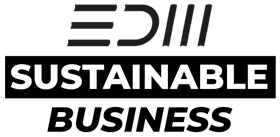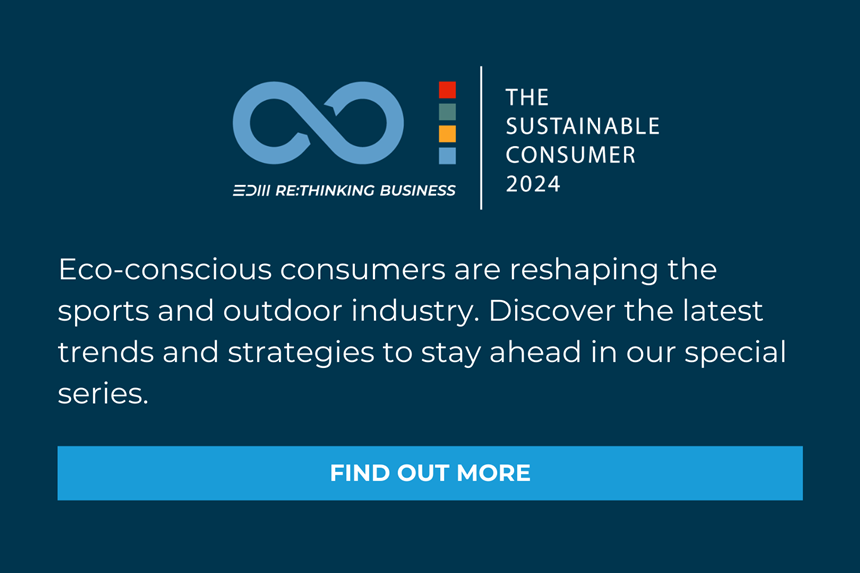Greenwashing, meaning advertising environmental initiatives without actually implementing sustainable business practices, is more than common, misleading consumers with promising advertisements or claims about a product’s true benefits. According to a Deloitte survey of U.K. customers, 34 percent of consumers do not choose sustainable products because they perceive a lack of information that makes them suspicious of anything declared “green.”
The thicket of labels and markings does its part to further confuse them. According to the European Commission, there are more than 200 eco-labels active in the EU and more than 450 in use worldwide. And there are more than 80 widely used reporting initiatives and methodologies just for carbon emissions. Despite this plethora of labels, there is a general sense of disinformation. The oversaturation of declarations seems to open the door to greenwashing.
To tackle this issue, the European Green Deal published in 2019 stated, “Companies making ‘green claims’ should substantiate these against a standard methodology to assess their impact on the environment.” A year later, the 2020 Circular Economy action plan committed that “the Commission will also propose that companies substantiate their environmental claims using Product and Organization Environmental Footprint methods.”
This initiative has close links to other policies announced in the Circular Economy action plan:
- the revision of EU consumer law to empower consumers for active participation in the green transition
- a sustainable product policy initiative
- the farm to fork strategy
All of these are worked out to reach the policy objective of EU climate neutrality by 2050. By early 2022, the EU will issue a final anti-greenwashing initiative, accompanying the EU Taxonomy law as a systemic policy framework to channel the capital flow towards sustainable investments.
The Taxonomy law aims for no less than the Union-wide harmonization of the criteria to determine whether an economic activity qualifies as environmentally sustainable. The timing is said to be ambitious, regarding the sheer complexity of the process. Market analysts at Bloomberg don’t see the greenwashing regulation coming before the end of 2022. However, many already consider the EU Taxonomy Act (initially set out to be the standard for sustainable investment) to be a greenwashing project itself – at the latest since the decision was made to classify nuclear power and gas as sustainable energy sources.
There are different types of greenwashing commonly in practice in our industry:
- Selective communication: Advertising positive information about a product’s environmental performance while negative information is concealed. But: Along the supply chain, there are many points to consider - such as product life cycle, sourcing, manufacturing, etc. The sum of these points adds up to the actual sustainability of the product - not individual elements.
- Symbolic actions: These are claims that draw attention to minor problems without accompanying meaningful action: a company may well install a company kindergarden at its headquarters (and use this fact for PR) and, at the same time, ignore child labor in the supply chain.
In any case, it is expected that the upcoming EU initiative will mandate that companies back up their claims about the environmental footprint of their products or services with standard quantification methods so that consumers can compare products and services and verify the claims. Part of this is a complex reporting system that requires data from the entire supply chain - which could be one of the reasons blockchain technology becomes important to ensure transparency across the entire product journey. To ensure transparent information about the composition of goods on the European market, the European Commission is also planning a “digital product passport.”
For larger companies, climate-related KPIs should be the basis of sustainability reports. Smaller companies under 250 employees may “voluntarily decide” to publish such information.
The post-Brexit U.K. has already implemented its own Environment Act for England, Wales and Northern Ireland that came into effect on November 17, 2021, to ensure greater resilience, traceability and sustainability, particularly in supply chains.
The U.K. and the EU follow different approaches to combating “greenwashing” claims for products and services. The EU initiative is complex and detailed, while the UK approach is less standardized and not supported by technical resources or mandatory methods for companies.
In pre-Brexit times, the EU had fixed the future path in its “Regulation on the establishment of a framework to facilitate sustainable investment, and amending regulation.” The paper says that, for each environmental objective, uniform criteria for determining whether economic activities contribute substantially to that objective should be laid down. One element of the uniform criteria should be to avoid significant degradation of any of the established environmental objectives to prevent “that investments qualify as environmentally sustainable in cases where the economic activities benefitting from those investments cause harm to the environment to the extent that outweighs their contribution to an environmental objective.”
The assessment should consider several aspects: the lifecycle of the products and services provided; the environmental impacts of the economic activity itself (including consideration of findings from existing lifecycle assessments), taking into account the impacts of production; use; and end-of-life. Economic activities should only be considered environmentally sustainable if they are conducted in accordance with the OECD Guidelines for Multinational Enterprises and UN Guiding Principles on Business and Human Rights, including the Declaration on Fundamental Principles and Rights at Work of the International Labour Organisation (ILO), the eight fundamental conventions of the ILO and the International Bill of Human Rights. The ILO’s fundamental conventions set out the human and labor rights that companies must respect.
Business experts believe the new rules will closely follow the framework developed by the German financial regulator BaFin to prevent investment funds from declaring investments as environmentally friendly when they are actually not. The German supervisory authority’s planned rules set a minimum threshold of 75 percent for investments that contribute to achieving ESG targets. Germany is thus taking a stricter approach than other countries that use scoring systems or qualitative requirements.
Clearly, the EU has several songs to sing at once - definitely more than individual companies that have a power of self-correction. In recent years, many business alliances have been forged to take a more effective and clearer approach against greenwashing, setting strict and non-negotiable benchmarks for products: for example, Swedish fintech company Klarna has just entered into a new collaboration with fashion sustainability rating platform Good On You to help customers make more informed decisions about the environmental impact of the products they buy. Good On You rates products based on a scoring system with more than 500 data points.
This external assessment means that greenwashing platitudes have little chance of getting through to consumers. Voluntary rather than legislative measures could therefore be the more effective and faster way to curb greenwashing.
Back to EDM Sustainable Business landing page.





